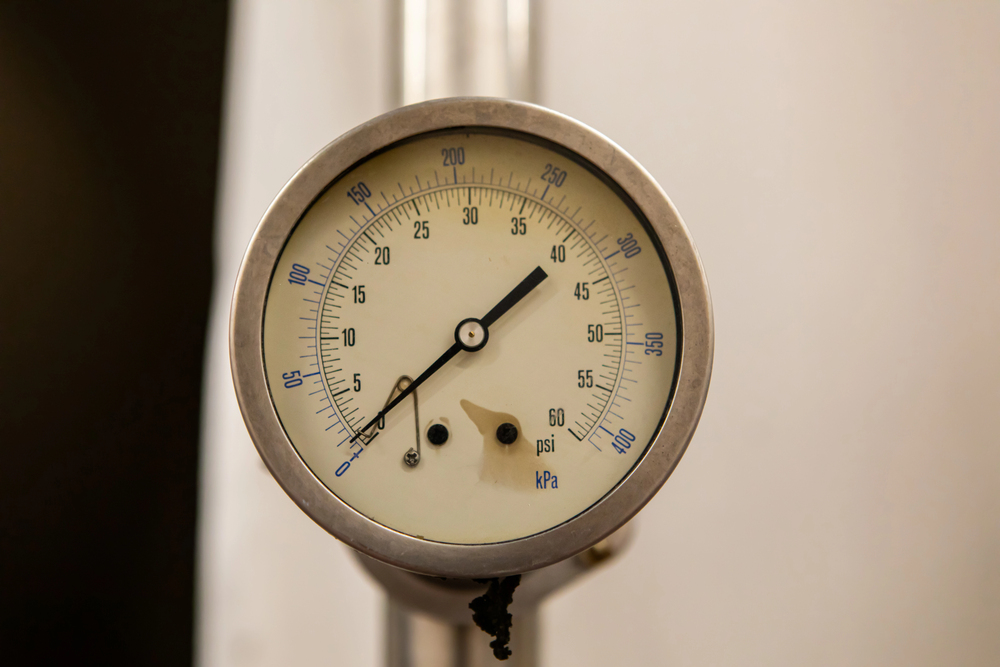
Maintaining accuracy in an analog hygrometer is key for obtaining precise humidity readings. Over time, environmental factors and wear can cause these instruments to drift from their original calibration. Regular calibration helps restore accuracy, making the device reliable for applications across various industries. Here’s a look at effective methods and best practices for analog hygrometer calibration.
Why Calibration Is Necessary
Analog hygrometers rely on components, such as metal coils or hair strands, that react to moisture by expanding or contracting. This movement controls the needle on the display, reflecting changes in humidity. However, fluctuations in the surrounding environment and frequent use can gradually affect the device’s calibration. Routine adjustments help maintain performance.
Preparation for Calibration
Cleaning the hygrometer is recommended before beginning calibration. Dust buildup can interfere with the needle’s movement, affecting its accuracy. A soft, dry cloth works well for this task. The device should then be placed in an area with stable humidity and temperature levels for calibration, which minimizes the risk of interference during the process.
Method 1: The Salt Test
The salt test is a widely used calibration method for analog hygrometers. This simple approach involves creating a controlled environment with a steady 75% humidity level.
- Prepare the Salt Solution: Place a teaspoon of salt in a small cup and add a few drops of water, stirring until the salt resembles wet sand. Avoid using too much water, as this could alter the humidity level.
- Seal in a Bag or Container: Place the salt solution and hygrometer inside a zip-lock bag or an airtight container, sealing it tightly to trap moisture and stabilize the humidity.
- Wait 24 Hours: Leave the hygrometer in this environment for 24 hours, allowing time for the air inside the bag to reach 75% humidity.
- Adjust the Needle: After 24 hours, open the bag and check the reading. If the hygrometer doesn’t display 75%, a small screwdriver can be used to adjust the needle to the correct level. This adjustment requires a delicate touch to avoid damaging internal components.
The salt test method is simple yet effective, providing a reliable calibration process without additional tools.
Method 2: Calibration Kit Use
Calibration kits offer an alternative, particularly when precise calibration is needed. These kits include a humidity standard solution and a container for holding the hygrometer.
- Set Up with the Kit: Place the hygrometer in the container with the humidity standard solution, following the kit instructions.
- Allow Time to Stabilize: Leave the hygrometer in the container for the recommended period, usually around 24 hours, so it can adjust to the set humidity level.
- Make Adjustments: Once the process is complete, check the reading. If necessary, use a screwdriver to align the needle with the calibration standard.
Using a calibration kit is advisable in settings that require precise humidity control, offering a straightforward yet highly accurate calibration solution.
Ongoing Maintenance Tips for Hygrometer Accuracy
Calibration is not a one-time task. Regular adjustments help keep an analog hygrometer reliable. A routine calibration every few months is beneficial for optimal accuracy if the device is exposed to changing or extreme environments.
Storing the hygrometer in a stable location, away from temperature fluctuations, can also extend its lifespan and maintain accuracy. Avoid placing it near heat sources or in direct sunlight, as this can affect the hygrometer’s internal components over time.
Common Calibration Mistakes
Common mistakes during calibration include rushing the process. Both the salt test and calibration kits require a minimum of 24 hours for the environment to stabilize. Adjusting the needle too soon can lead to inaccurate settings.
Another common error is using too much water in the salt solution. The salt should look damp, not overly wet, as excessive water will skew the humidity level. Keeping the hygrometer away from direct sunlight or sudden temperature changes is also important for accurate readings.
Precision Calibration Services You Can Trust
Regular calibration of an analog hygrometer preserves its accuracy, ensuring reliable humidity measurements. Calright Instruments specializes in ISO/IEC 17025:2017-accredited calibration and repair services, supporting industries with top-quality testing and measurement equipment. From torque wrenches to advanced RF analyzers, our lab handles a broad range of tools with precision.
All calibrations are NIST-traceable, performed by experts with over 50 years of experience, and comply with ANSI/NCSL standards. For businesses in San Diego, we offer free pick-up and delivery. Reach out today to discuss your calibration needs. Partner with Calright Instruments for reliable calibration that keeps your equipment performing at its best.
